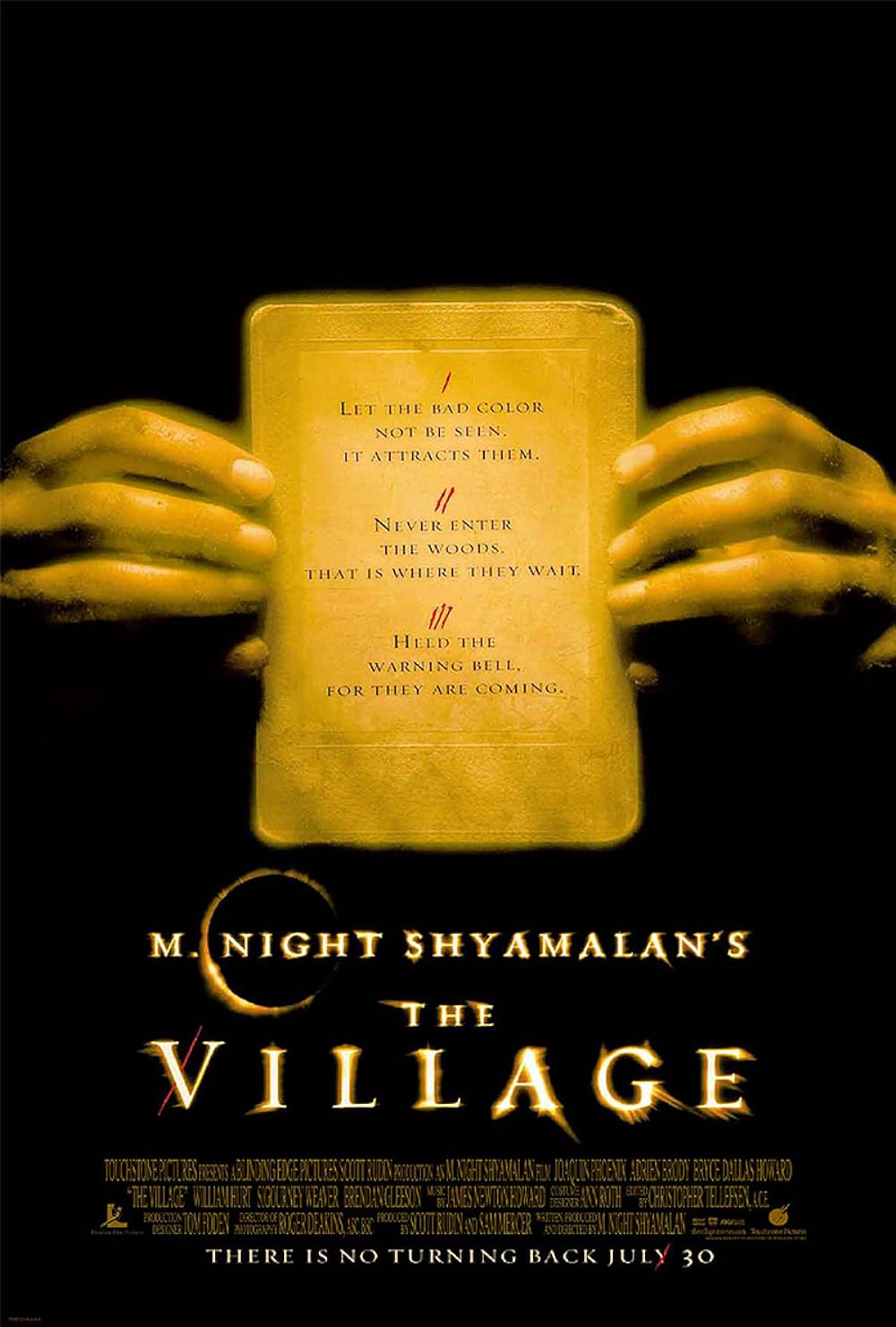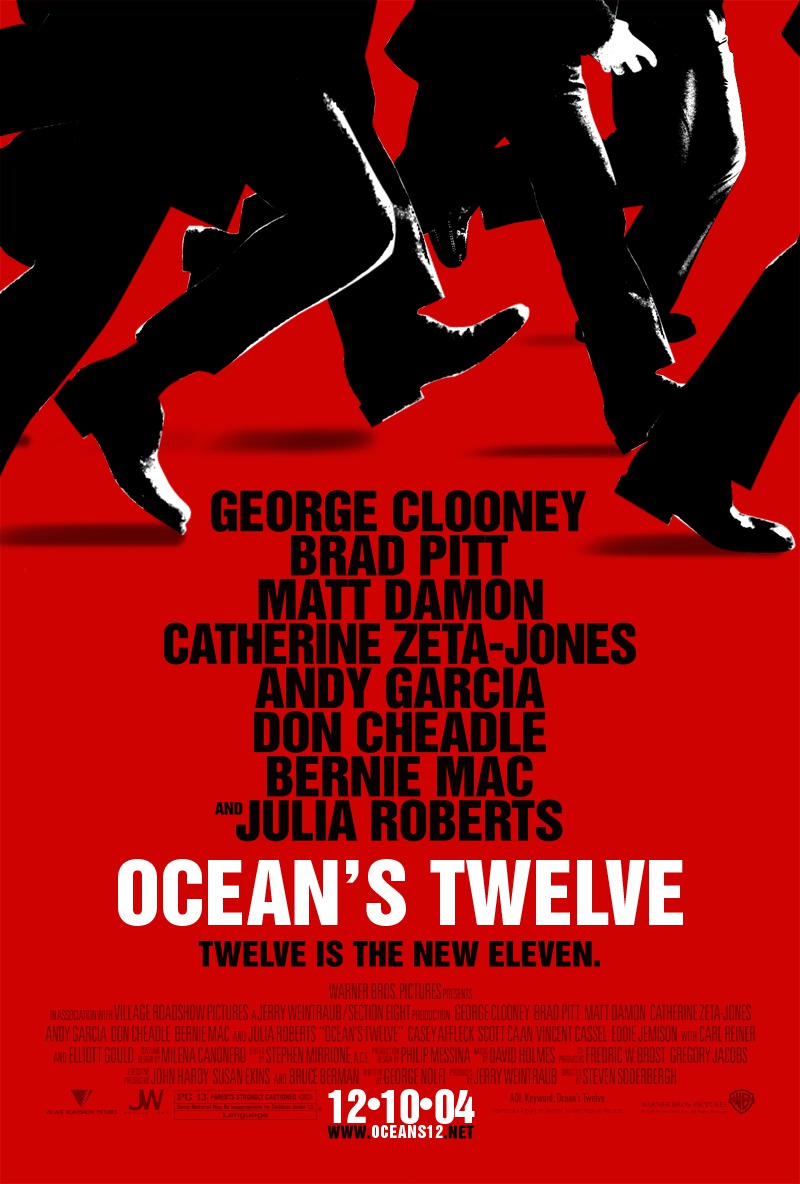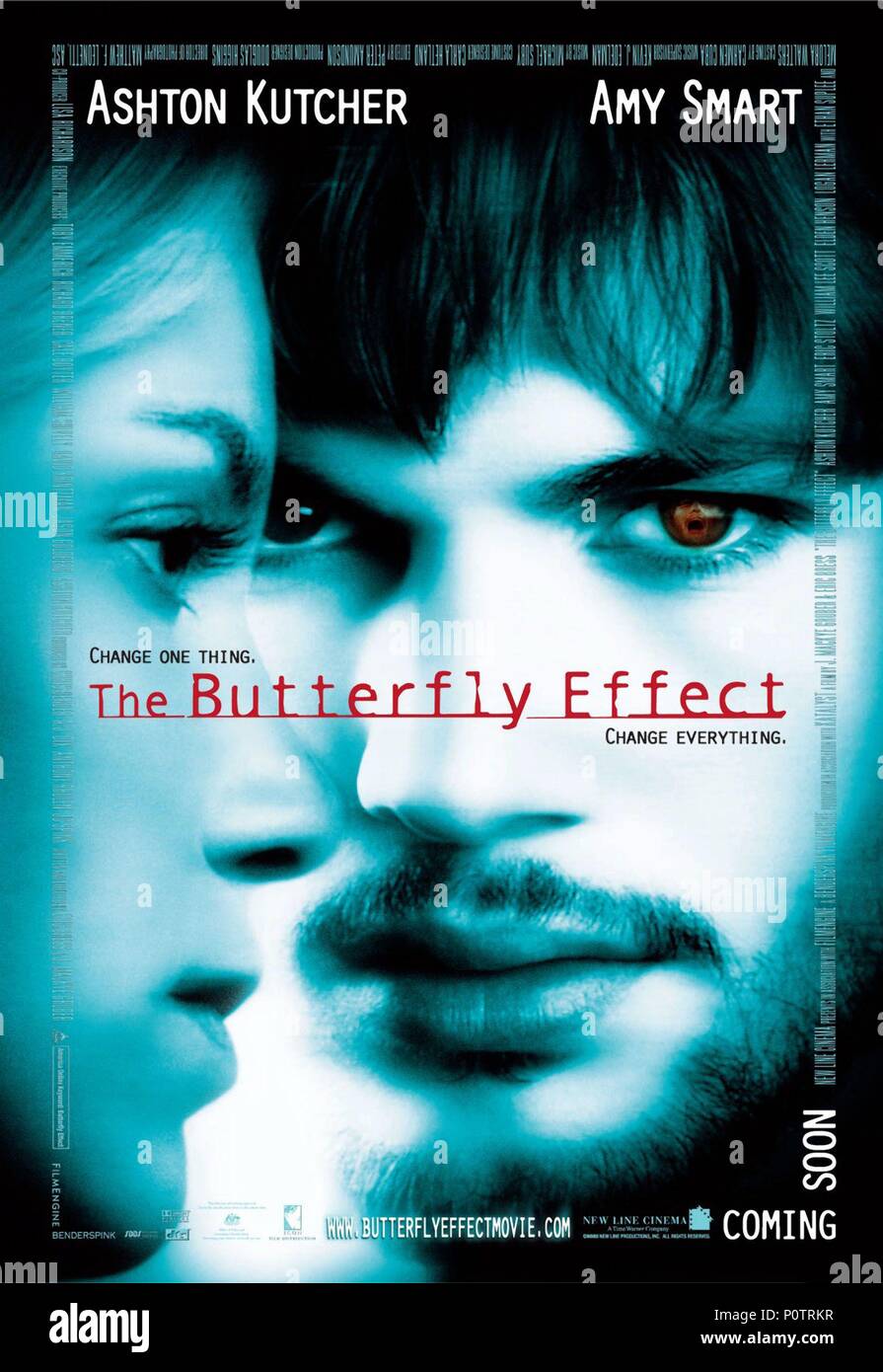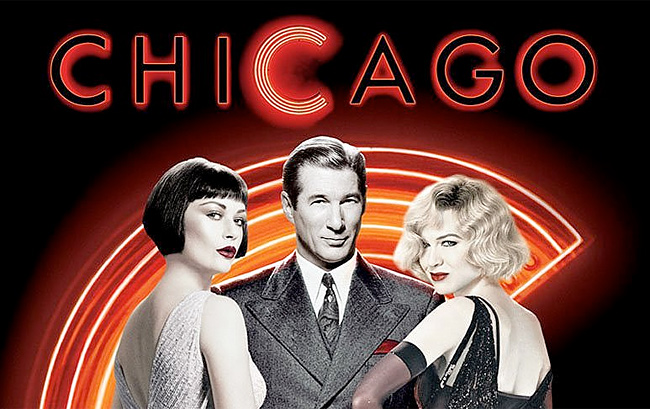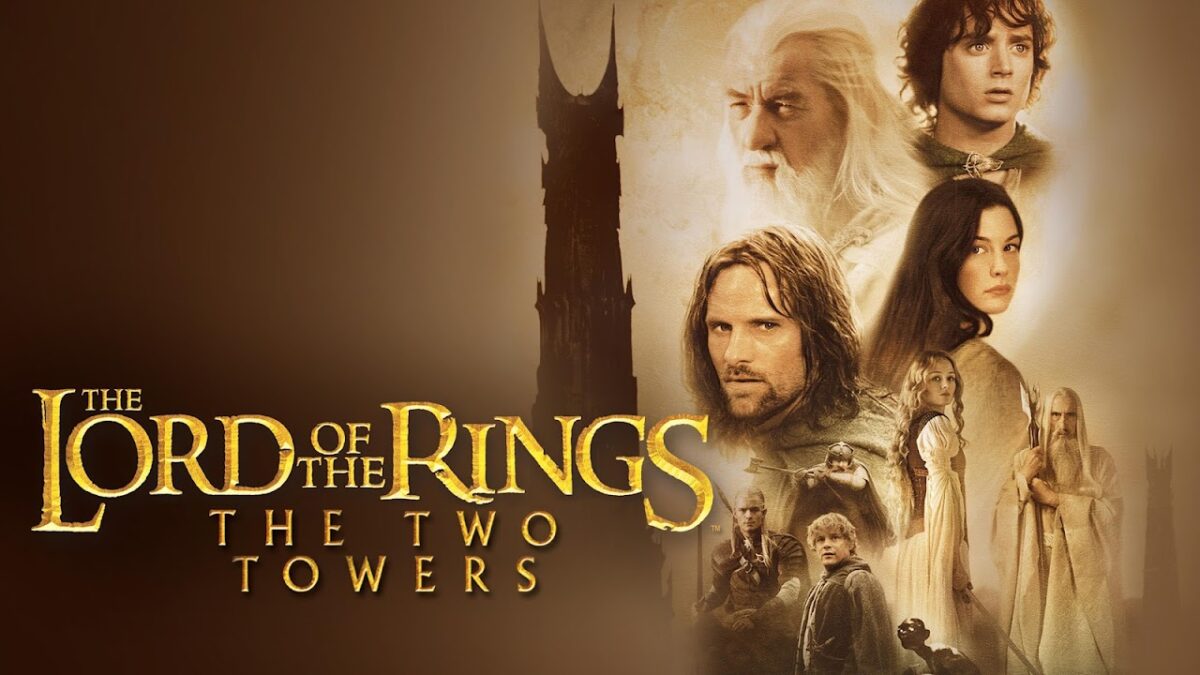Introduction
“Glee” is an American musical comedy-drama television series that aired on Fox from May 19, 2009, to March 20, 2015. Created by Ryan Murphy, Brad Falchuk, and Ian Brennan, the series follows the lives of the members of the glee club at the fictional William McKinley High School in Lima, Ohio. Known for its diverse cast, dynamic performances, and unique blend of humor and drama, “Glee” became a cultural phenomenon, influencing television and music during its six-season run. This extensive article explores the show’s origins, development, themes, characters, notable episodes, cultural impact, and enduring legacy.
Origins and Development
Concept and Creation
The concept for “Glee” was developed by Ryan Murphy, Brad Falchuk, and Ian Brennan. Originally conceived as a film, the idea was reworked into a television series. The show’s premise revolves around a high school glee club, showcasing the struggles and triumphs of its members as they navigate the challenges of adolescence.
Pitch and Production
Murphy and Falchuk pitched the series to Fox, who were immediately interested. The pilot episode was ordered in 2008, and after its successful premiere on May 19, 2009, the series was picked up for a full season. The show’s unique blend of music, drama, and humor, along with its diverse cast, contributed to its immediate popularity.
Filming Locations
“Glee” was primarily filmed at Paramount Studios in Hollywood, California. Some exterior shots were filmed on location in and around Los Angeles, while the show’s fictional William McKinley High School was represented by Cabrillo High School in Long Beach, California.
Main Characters
Will Schuester (Matthew Morrison)
Will Schuester, played by Matthew Morrison, is the Spanish teacher who becomes the director of the glee club, New Directions. His passion for music and dedication to his students drive the club’s success and his character development throughout the series.
Rachel Berry (Lea Michele)
Rachel Berry, portrayed by Lea Michele, is an ambitious and talented singer with dreams of Broadway stardom. Her determination and vocal prowess make her a central figure in the glee club and the series as a whole.
Finn Hudson (Cory Monteith)
Finn Hudson, played by Cory Monteith, is the star quarterback of the football team who joins the glee club. His journey from jock to performer highlights themes of self-discovery and acceptance.
Sue Sylvester (Jane Lynch)
Sue Sylvester, portrayed by Jane Lynch, is the cheerleading coach and the main antagonist of the series. Her relentless efforts to dismantle the glee club provide much of the show’s conflict and comedic moments.
Kurt Hummel (Chris Colfer)
Kurt Hummel, played by Chris Colfer, is an openly gay student with a passion for fashion and performing. His character’s journey addresses issues of bullying, acceptance, and identity.
Mercedes Jones (Amber Riley)
Mercedes Jones, portrayed by Amber Riley, is a powerhouse singer with a soulful voice. Her character’s struggle for recognition and self-worth is a recurring theme in the series.
Artie Abrams (Kevin McHale)
Artie Abrams, played by Kevin McHale, is a wheelchair-bound student with a love for singing and dancing. His character challenges stereotypes and highlights themes of perseverance and inclusivity.
Tina Cohen-Chang (Jenna Ushkowitz)
Tina Cohen-Chang, portrayed by Jenna Ushkowitz, is a shy student with a unique voice. Her character’s development from a background singer to a confident performer is a significant part of the show’s narrative.
Santana Lopez (Naya Rivera)
Santana Lopez, played by Naya Rivera, is a cheerleader with a sharp tongue and a hidden talent for singing. Her character’s journey explores themes of identity, love, and acceptance.
Brittany S. Pierce (Heather Morris)
Brittany S. Pierce, portrayed by Heather Morris, is a cheerleader with a quirky personality and impressive dance skills. Her character adds humor and depth to the series.
Blaine Anderson (Darren Criss)
Blaine Anderson, played by Darren Criss, is a charismatic performer and love interest for Kurt Hummel. His character’s confidence and charm make him a fan favorite.
Themes and Style
High School Life and Social Issues
“Glee” delves into the complexities of high school life, addressing a wide range of social issues such as bullying, sexuality, identity, and inclusion. The show portrays the struggles and triumphs of its characters as they navigate the challenges of adolescence and high school dynamics.
Music and Performance
Music is at the heart of “Glee,” with each episode featuring multiple musical numbers that span various genres. The performances are often integrated into the narrative, reflecting the characters’ emotions and storylines. The show’s soundtrack became immensely popular, with many songs achieving commercial success.
Acceptance and Diversity
One of the central themes of “Glee” is acceptance and celebrating diversity. The series features characters from different backgrounds, ethnicities, and orientations, promoting messages of inclusivity and understanding. The show tackles issues such as homophobia, racism, and body image with sensitivity and honesty.
Humor and Drama
“Glee” balances humor and drama, creating a unique tone that resonates with viewers. The witty dialogue, comedic situations, and heartfelt moments contribute to the show’s appeal, making it both entertaining and emotionally impactful.
Notable Episodes and Story Arcs
Pilot Episode: “Pilot”
The pilot episode introduces viewers to the glee club and its members, setting the stage for the series. Will Schuester takes over the struggling club, recruiting diverse talents and reigniting his passion for teaching and music.
“Wheels”
This episode addresses issues of accessibility and inclusion as the glee club organizes a bake sale to raise money for a wheelchair-accessible bus. Artie Abrams’s character development and the club’s solidarity highlight themes of empathy and support.
“The Power of Madonna”
A tribute episode to Madonna, this installment features several of her iconic songs and explores themes of female empowerment and self-expression. The episode showcases the characters’ growth and confidence.
“Journey to Regionals”
The season one finale, “Journey to Regionals,” sees the glee club competing in the regional show choir competition. The episode features memorable performances and significant character developments, including Finn and Rachel’s relationship.
“Grilled Cheesus”
This episode tackles issues of faith and spirituality as Finn discovers a grilled cheese sandwich with an image resembling Jesus. The episode explores the characters’ beliefs and struggles, offering a nuanced perspective on religion.
“Never Been Kissed”
“Never Been Kissed” addresses bullying and acceptance, focusing on Kurt’s experiences with homophobia and finding solace in a new friendship with Blaine. The episode’s powerful performances and emotional depth make it a standout.
“Original Song”
In this episode, the glee club performs original songs at the regional competition, showcasing their creativity and growth. The episode highlights the characters’ talents and determination to succeed.
“The Quarterback”
A tribute to Cory Monteith, who passed away in 2013, this episode honors his character, Finn Hudson. The heartfelt performances and emotional storytelling pay tribute to Monteith’s impact on the series and its fans.
“2009” and “Dreams Come True”
The series finale features two episodes that reflect on the journey of the glee club. “2009” revisits the characters’ beginnings, while “Dreams Come True” provides a glimpse into their futures, offering a satisfying conclusion to the series.
Impact and Legacy
Influence on Popular Culture
“Glee” has had a profound impact on popular culture, influencing television, music, and fashion. Its unique blend of music and storytelling paved the way for other musical series and highlighted the importance of diversity and inclusivity in media.
Awards and Recognition
The series received numerous awards and nominations, including Golden Globe Awards, Primetime Emmy Awards, and Screen Actors Guild Awards. Its critical acclaim and popularity solidified its place in television history.
Chart-Topping Music
The show’s musical performances achieved significant commercial success, with numerous singles and albums topping the charts. The cast’s renditions of popular songs resonated with audiences and contributed to the show’s cultural impact.
Social Impact and Advocacy
“Glee” addressed important social issues and promoted messages of acceptance and understanding. The series’ portrayal of LGBTQ+ characters, in particular, had a significant impact, fostering greater awareness and advocacy for LGBTQ+ rights and representation in media.
Spin-offs and Tours
The success of “Glee” led to several spin-offs and live concert tours, including “Glee: The 3D Concert Movie” and the “Glee Live! In Concert!” tour. These ventures extended the show’s reach and allowed fans to engage with the series in new ways.
Merchandising and Syndication
“Glee” has been widely syndicated and remains available on various streaming platforms, allowing new audiences to discover the series. The show’s popularity has also led to a range of merchandise, including DVDs, collectibles, and themed apparel.
Behind the Scenes
Writing and Direction
The writing and direction of “Glee” were instrumental in balancing humor, drama, and music. Writers like Ryan Murphy, Brad Falchuk, and Ian Brennan crafted engaging storylines and memorable dialogue. Directors such as Paris Barclay, Bradley Buecker, and Eric Stoltz contributed to the show’s dynamic visual style.
Choreography and Musical Arrangements
The choreography and musical arrangements were crucial to the show’s success. Choreographers like Zach Woodlee and music producers like Adam Anders created innovative and captivating performances that became a hallmark of the series.
Casting and Chemistry
The casting of “Glee” was critical to its success, with the ensemble cast bringing depth and authenticity to their characters. The chemistry among the cast members, both on and off-screen, contributed to the show’s appeal and emotional resonance.
Cultural Analysis
Reflection of Social Change
“Glee” reflected the social changes of the late 2000s and early 2010s, particularly the evolving attitudes toward diversity and inclusion. The series addressed contemporary issues and mirrored the broader cultural shift toward greater acceptance and representation.
Satire and Social Commentary
The series often employed satire and social commentary, using humor and drama to critique societal norms and highlight important issues. The show’s willingness to tackle controversial topics with sensitivity and nuance contributed to its cultural relevance.
Nostalgia and Escape
“Glee” offered viewers a nostalgic escape, blending high school nostalgia with contemporary issues and music. The show’s ability to evoke both laughter and tears provided a form of escapism that resonated with audiences.
Conclusion
“Glee” is a landmark in television history, combining music, drama, and social commentary in a way that continues to captivate audiences. From its memorable characters and chart-topping performances to its enduring themes of acceptance and diversity, the show remains a beloved classic. Its influence on popular culture, its pioneering portrayal of LGBTQ+ characters, and its ability to blend the whimsical with the profound ensure that “Glee” will be remembered and cherished for generations to come.

